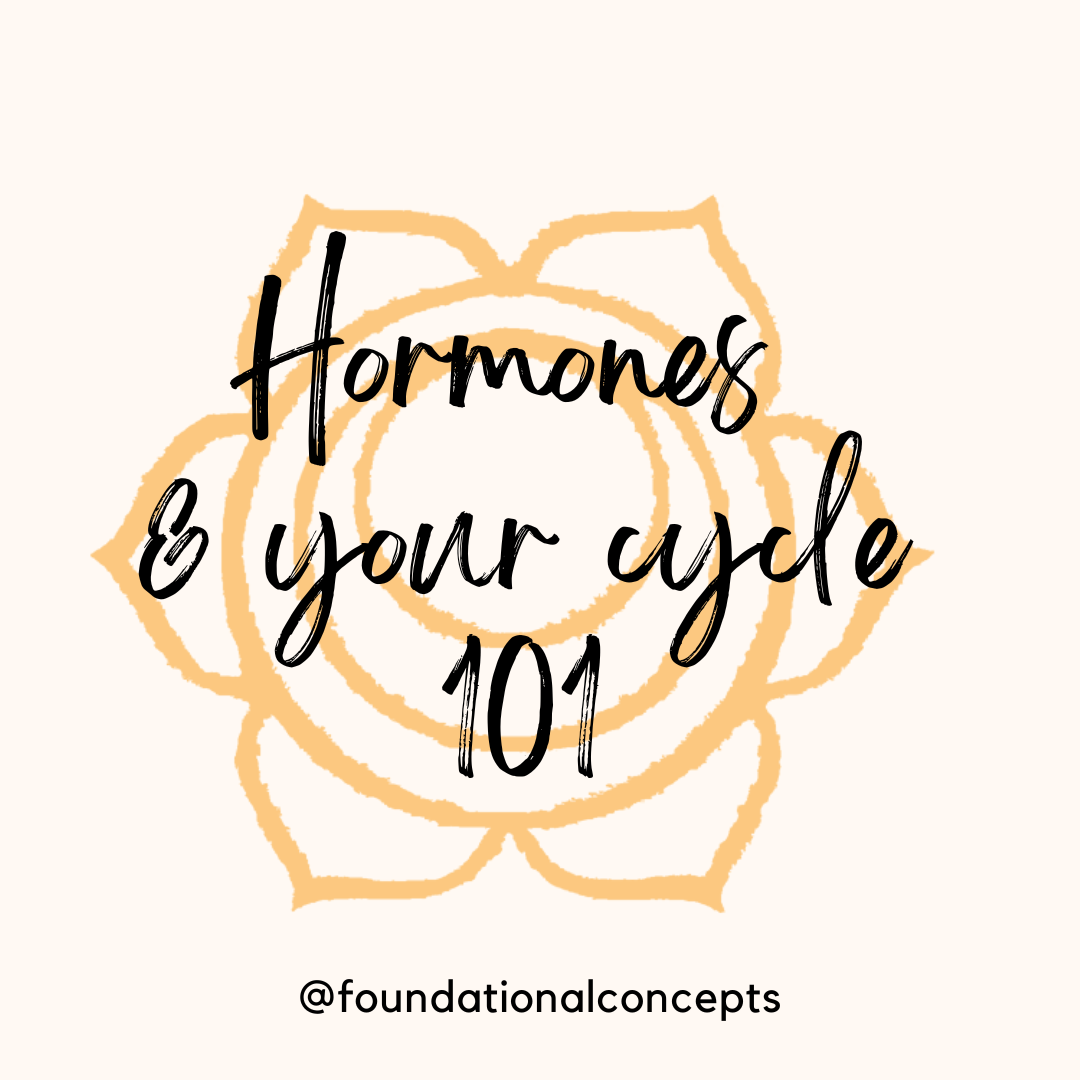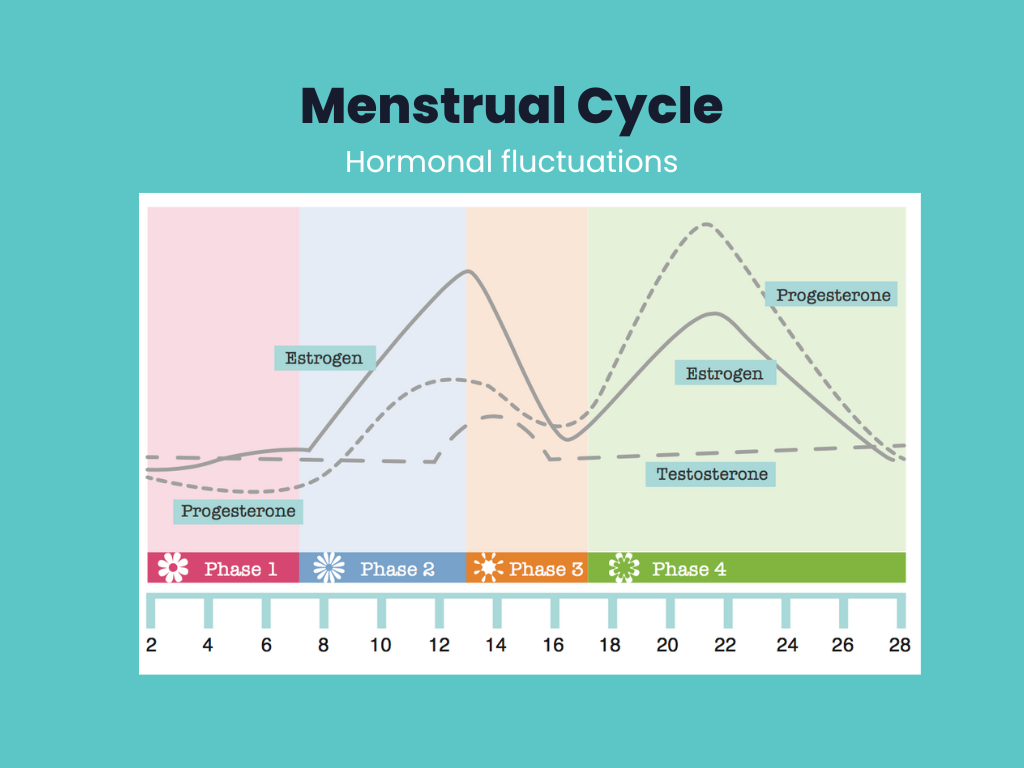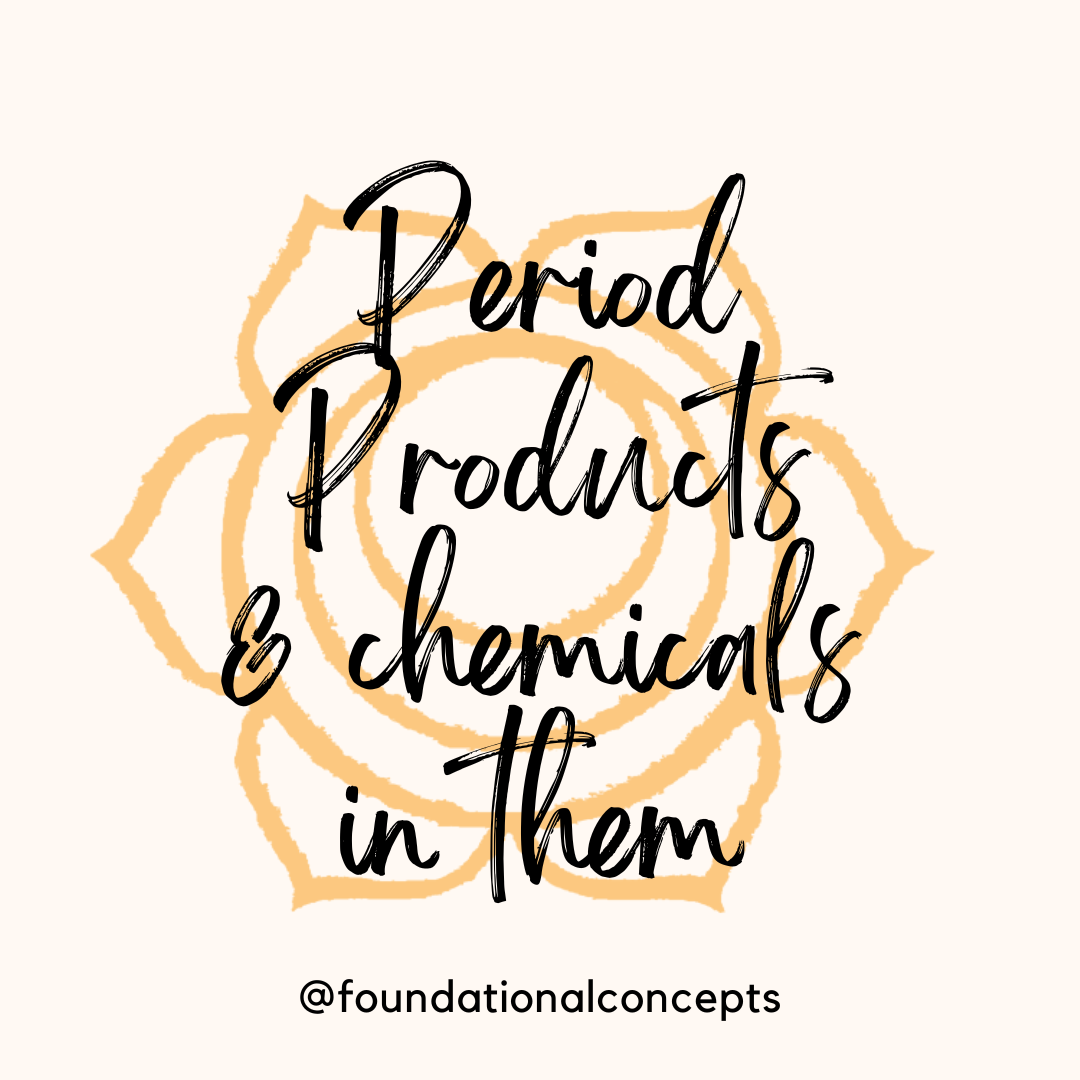Women use well over 10,000 period products during the years that we are menstruating. If…

Hormones and your cycle 101
Women often struggle with conditions that are related to our hormones, but we are really not educated about these hormones and what we can do to foster a healthy hormonal environment in our bodies. We are often just put on birth control or hormone replacement and expected to just deal with the symptoms. This is often just patching a small hole in a dam with thousands of holes. Let’s discuss the basics about our menstrual cycle, the hormones and what they do and some of the lifestyle factors you can use to help keep your hormones happy!
Here are the main characters: estrogen, progesterone, testosterone, cortisol and oxytocin.
Oxytocin is the mother of all hormones, regulating all of the others. This hormone is the “happy” hormone, keeping Cortisol in check and thus allowing a healthy amount of the others to abound. We have Oxytocin when we are in healthy relationships, social outings, community groups like churches, workout groups, support groups etc. We get a big dose of this from a hug or affectionate touch. This is why as women it is vital that we are connected with others.
Cortisol is the bad player in this show. Cortisol is high when we are stressed. When Cortisol is elevated we tend to have elevated blood sugars too. Estrogen does not like our blood sugars to be high, and Progesterone does not like Cortisol. When Cortisol is running the show, the other two choose to stay in. Meaning, we produce less, which can impact our cycles considerably. When our hormones are not in balance, it affects everything from mental clarity an focus, to sleep, weight management, bone health and emotional health. We have to take time to slow down, relax and just be still in order to keep Cortisol from taking the reins.
If you aren’t, you should track your cycles. There are many apps that will help you do that, but you can also just mark day 1 on your calendar and count from there. Every woman’s cycle is unique with hormones rising and falling during their cycle. You will be surprised when you begin to track your cycle. It will help you understand YOUR hormonal changes, and it can explain your emotional and physical feelings. This gives you the power to make lifestyle changes that can support these different hormones and help you feel better.
Day 1 of your cycle is the day you begin bleeding. At this point, estrogen, progesterone and testosterone are all at a low point. They begin to elevate until the ovulation phase (around day 13), to allow your ovaries to release an egg. As estrogen rises so does collagen, keeping skin supple, making bones and ligaments more elastic, and you less injury prone. Estrogen also puts you in a good mood, gives you clarity of thought and makes you happy. Estrogen is a precursor for serotonin, dopamine and noradrenaline the neuro transmitters that keep you calm and satisfied. You likely find yourself with a positive outlook when estrogen is high and might handle emotional challenges best during this time in your cycle.
Days 11-15 make up the ovulation period. Estrogen and Testosterone are the primary characters during this time. With the addition of Testosterone, you feel powerful and strong. Testosterone gives you drive and energy, making this phase a great time to start a project or deal with a difficult conversation. Testosterone is a muscle builder, so this is also a good time to increase strength workouts.
Days 16-18 will see all hormones take a sharp decline again; and this time your body is preparing to make progesterone. This is a typical time to feel a little less energetic and mentally foggy. Around Day 19 progesterone is at its peak. Progesterone is the lazy friend. It tells you everything will be fine, “Don’t worry be happy”. You are less aggressive, less irritable and just want to “chill”. Progesterone is very influenced by Cortisol. If during this phase your stress levels are such that Cortisol is high, you will not be able to produce the progesterone needed to sustain a menstrual cycle. You may miss a period, have spotting or increased irritability and difficulty sleeping. These are the PMS symptoms we often complain about! By just knowing and taking more time to relax and diffuse stress during this window we can minimize those symptoms!
Progesterone begins its decline from Day 25-30. This is a time to focus on exercise like yoga, nature walks, more meditative practices. This phase is a great time to be still and more grounded, as you prepare to begin the cycle again.

Many pelvic conditions can fluctuate around these hormones as well, and if you are struggling with pelvic pain, endometriosis, PCOS, obesity, diabetes, fibroids or irregular cycles or very painful cycles you may benefit from the help of a pelvic floor PT to help you manage your symptoms an learn more about lifestyle factors that can help ease you into a more regular, healthier hormonal cycle.


